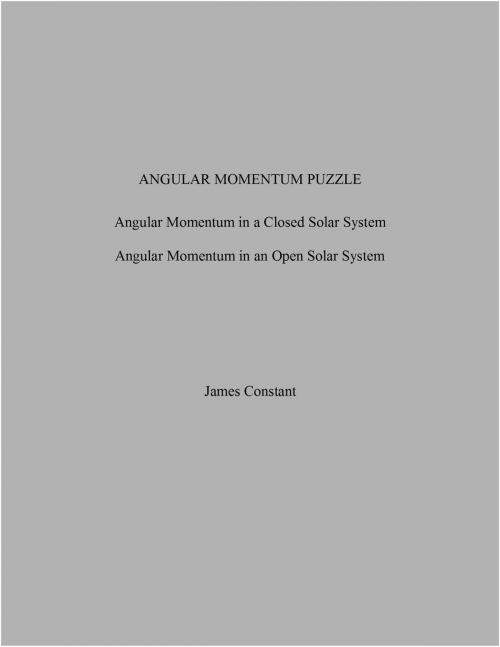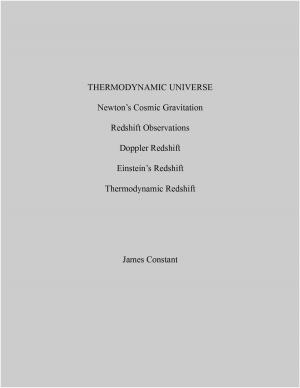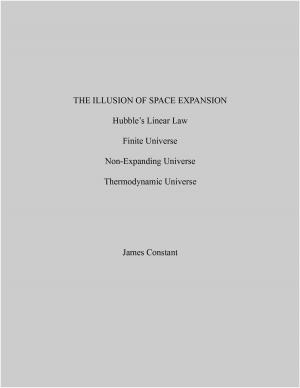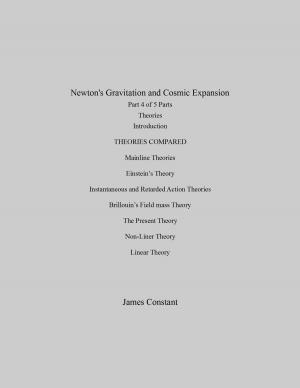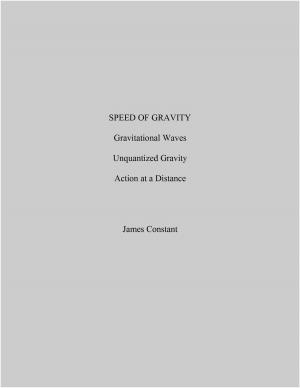| Author: | James Constant | ISBN: | 9781310409462 |
| Publisher: | James Constant | Publication: | January 28, 2015 |
| Imprint: | Smashwords Edition | Language: | English |
| Author: | James Constant |
| ISBN: | 9781310409462 |
| Publisher: | James Constant |
| Publication: | January 28, 2015 |
| Imprint: | Smashwords Edition |
| Language: | English |
Observation shows that all of the planets orbit the Sun in the same direction (counterclockwise as seen from above the north pole of Earth); that just about all of the planets spin in the same direction they orbit (the exceptions are Venus, Uranus, and Pluto), and this is in the same direction in which the Sun rotates; and that most of the biggest moons of each of the planets orbits around their planet in the same direction the planet spins. Moreover, the orbits are arranged, we see that they almost lie in a single plane (except Pluto and, to a lesser degree, Mercury). The most widely accepted theory of planetary formation is known as the nebular hypothesis. The Laplacian nebular model dominated in the 19th century, but it encountered a number of difficulties. The main problem was angular momentum distribution between the Sun and planets. The planets have 99% of the angular momentum, and this fact could not be explained by the nebular model. As a result this theory of planet formation was largely abandoned at the beginning of the 20th century. However, the resuscitated theory still encounters a number of problems: how does the material, which is accreted by the proto-star, lose its angular momentum?; how do 1cm sized particles coalesce into 1km planetesimals?; and how are giant planets formed? The nebular hypothesis tells us that there is an angular momentum puzzle in the solar system. Certainly, there is angular momentum in the solar system. But, is there a puzzle?
Observation shows that all of the planets orbit the Sun in the same direction (counterclockwise as seen from above the north pole of Earth); that just about all of the planets spin in the same direction they orbit (the exceptions are Venus, Uranus, and Pluto), and this is in the same direction in which the Sun rotates; and that most of the biggest moons of each of the planets orbits around their planet in the same direction the planet spins. Moreover, the orbits are arranged, we see that they almost lie in a single plane (except Pluto and, to a lesser degree, Mercury). The most widely accepted theory of planetary formation is known as the nebular hypothesis. The Laplacian nebular model dominated in the 19th century, but it encountered a number of difficulties. The main problem was angular momentum distribution between the Sun and planets. The planets have 99% of the angular momentum, and this fact could not be explained by the nebular model. As a result this theory of planet formation was largely abandoned at the beginning of the 20th century. However, the resuscitated theory still encounters a number of problems: how does the material, which is accreted by the proto-star, lose its angular momentum?; how do 1cm sized particles coalesce into 1km planetesimals?; and how are giant planets formed? The nebular hypothesis tells us that there is an angular momentum puzzle in the solar system. Certainly, there is angular momentum in the solar system. But, is there a puzzle?
